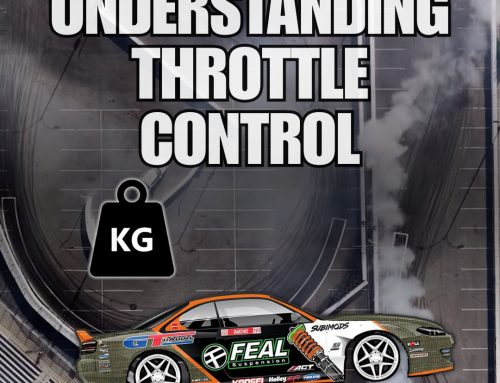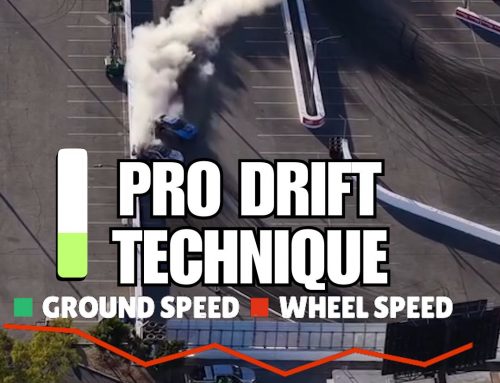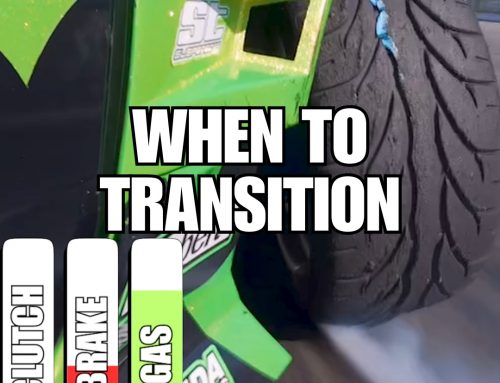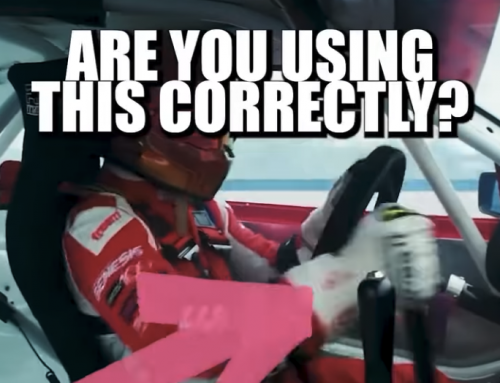Here’s the short of it…
- 2-way Mechanical Limited Slip Differential are used by pro drifters
- A Welded diff is a cheaper option and works well for drifting
- Open differentials are NOT good for drifting.
Here’s the long of it…
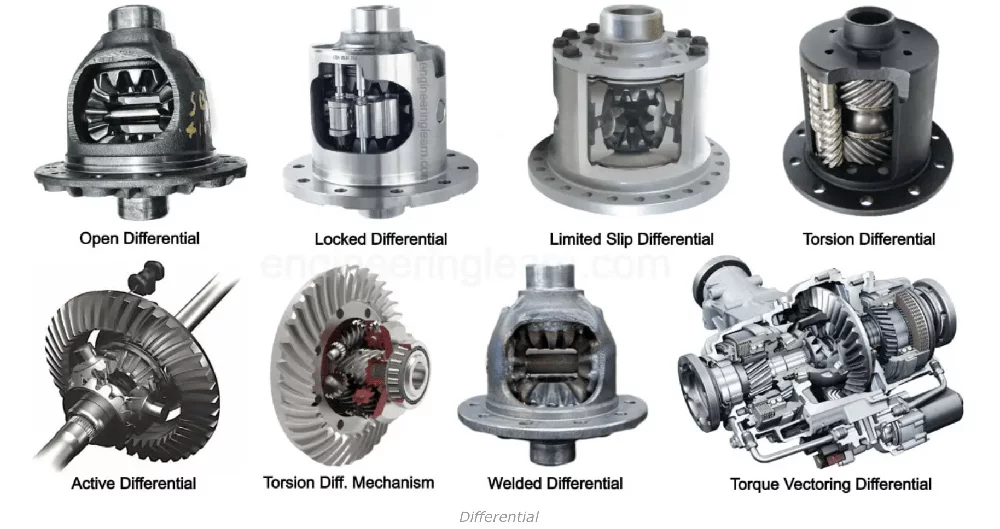 Image credit: Engineering Learn Team
Image credit: Engineering Learn Team
The differential is a critical component of a rear-wheel drive car, transferring power from the drive shaft to the wheels. This allows the wheels to turn at different speeds, as required when making a turn. Most rear-wheel drive cars have an open differential, which allows the rear wheels to spin independently of each other. This provides a comfortable ride during everyday driving, but can reduce traction in certain conditions.
Differential types can be broadly categorized into three types: those that fully lock the axles together, those that allow for some slip, and computer-controlled types. The former category includes welded, spool, and locking differentials, while the second category includes vLSDs, Clutch-type LSDs, and Torsen/Helical differentials. The third category is represented by Torque Vectoring differentials.
Each type of differential has its own advantages and disadvantages. For instance, lockers can cause excessive tire and drivetrain wear, LSDs may wear out over time, and TVDs can be unpredictable.
A limited slip differential (LSD) connects the two wheels together and prevents one wheel from spinning faster than the other. This helps the car move forward, even if one wheel has less traction than the other. LSDs were popular in muscle cars of the 1960s and are still available today for those who want a sportier ride.
The ideal LSD for drifting is mechanical, 2-way clutch type. But the most common route, and what we do for Texas Drift Academy, is weld our diffs.
Why Open Differentials Aren’t Used for Drifting
The open differential is a straightforward and budget-friendly option, commonly found in commuter cars. It offers smooth turning and is known for its reliability, thanks to its simple design and few moving parts. Chances are, over 90% of the cars on the street have open differentials.
However, the biggest disadvantage of open differentials is that, as the name suggests, they are open. When torque is applied, force tends to go through the path of least resistance, meaning the wheel with less grip will receive more power. This is not a problem in daily driving, where both wheels rarely need to apply power. But on the track, drag strip, or drift circuit, this can be a hindrance. If one wheel starts to slip, all acceleration force is lost, as all power is diverted away from the wheel with grip.
The open diff results in the inside tire spinning while the outside tire has plenty of grip. In contrast, the LSD works by locking the diff as soon as the inside wheel starts to spin, distributing power to both tires and causing a controlled slide.
In terms of drifting, open differentials can be a major issue. It is challenging to initiate a drift, and nearly impossible to maintain one. If you do manage to get sideways, the weight distribution on the leading tires frequently shifts during transitions between corners, causing the differential to stop applying power to both wheels.
Drifting entries don’t typically require an LSD, as slowing the car can be done through brakes, handbrake, or friction. Corner midpoints are harder without LSD, as the unloaded tire will spin, preventing acceleration. But with a locked diff, midcorner and exits are much easier. More gas equals more drift angle, which can be corrected with steering.
But in summary, the best option for drifting is a 2-way mechanical type mechanical LSD, used by most professional and high-level amateur drivers. However, these diffs can be expensive. A cheaper alternative is a welded diff, but it has drawbacks like increased wear and tear, increased noise during tight turns, and durability issues. And open diff is for your daily driving!
